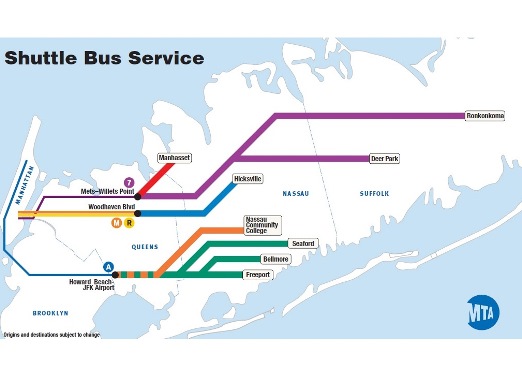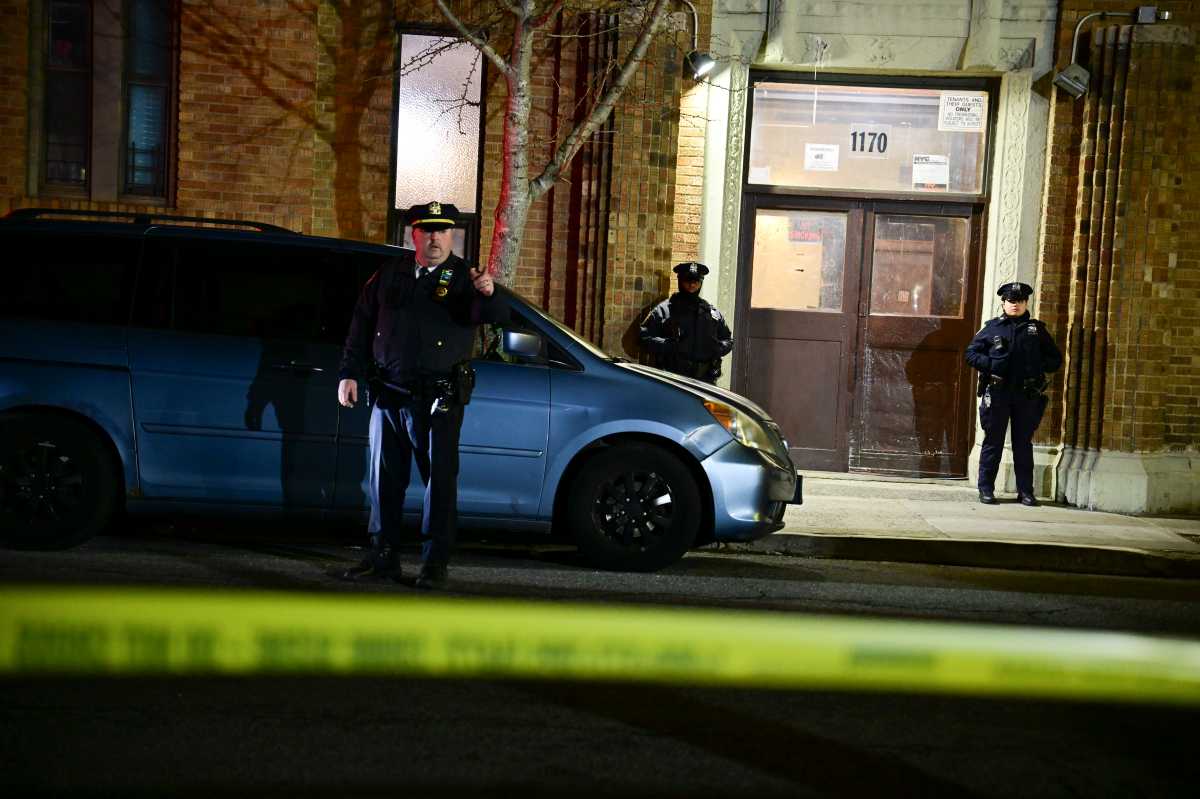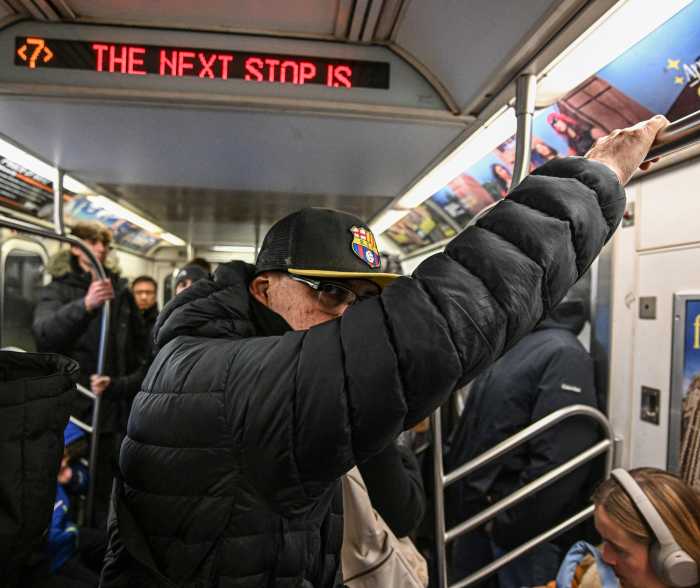Subways, shuttle buses, and even ferries– the MTA is pulling out all the stops to supplement LIRR service in case 5,400 workers strike starting on July 20.
As contract negotiations with unions continue to fall apart and the impending LIRR strike draws closer each day, the MTA released its contingency plan Friday to address the 300,000 riders that would be stranded daily with the loss of the train service.
Most of the MTA’s plans focus on Long Island customers, but there are resources and tips for riders from Queens and other boroughs.
There will be 4,000 free, secured parking spots at Citi Field and an additional 3,000 spots at Aqueduct Racetrack, where drivers can drop their cars and then take the No. 7 or A trains to work. Through social media and digital platforms, such as Twitter and a LIRR mobile app, agency officials plan to update riders on how many spots are available in the lots and traffic conditions.
The transportation agency also hired 350 school buses, which lack air condition, to shuttle riders from stations in Long Island to the No. 7 train near Citi Field, the A train in Howard Beach, and also the M and R train station on Woodhaven Boulevard. The buses will run from Long Island into Queens between 4 a.m. to 7 a.m. and return to Long Island from 3 p.m. to 7 p.m.
There will also be ferry rides that can carry 1,000 passengers per day from Glen Cove to 34th Street in Manhattan on 40 minute rides. But the MTA warns that parking near to the ferry is very limited.
The MTA is encouraging riders to telecommute if they can work from home. According to officials, about 18,000 workers already plan to do so.
Through its free lots and shuttle buses, the transportation agency estimates it can handle about 15,000 passengers daily, more than double the 7,000 passengers daily from the 1994 LIRR strike contingency plan.
“When the LIRR unions went on strike in 1994, Long Islanders had very limited options. There were no park-and-ride lots, no ferries, no real-time monitoring, no telecommuting,” said MTA Chairman Thomas Prendergast. “Today, the MTA has a far stronger, more robust, multifaceted plan. Working with the state and elected officials from across Long Island and the city of New York, we are providing more shuttle buses, thousands of parking spots near subway stations, a ferry service, real-time traffic management and real-time parking monitoring.”
The MTA doesn’t yet know how much per day the contingency plan will cost, and officials said they hope not to have to use it.
For more details on the plan, click here.
RECOMMENDED STORIES
- Bayside rider sends foul message to potential LIRR strikers
- Assemblyman Braunstein to introduce law to ban fake clothing drop-off bins
- New Ridgewood restaurant criticized for ‘soft-core porn’ wall art






























